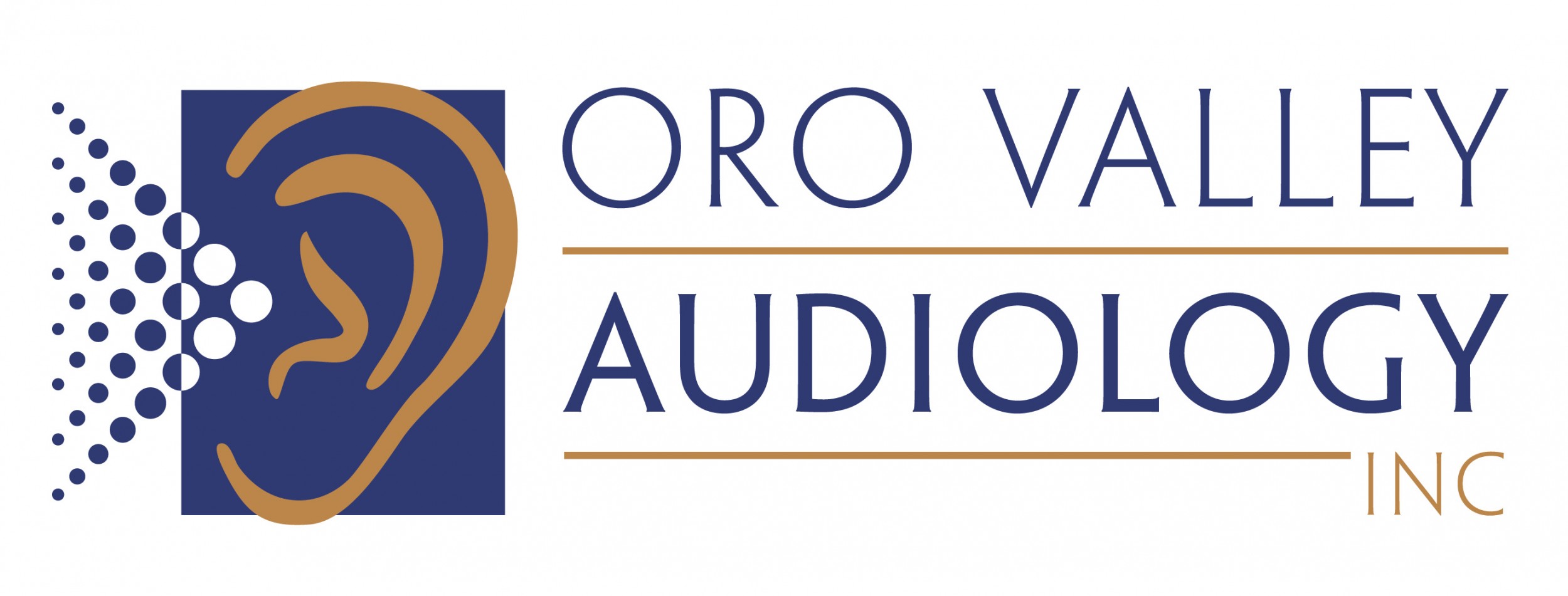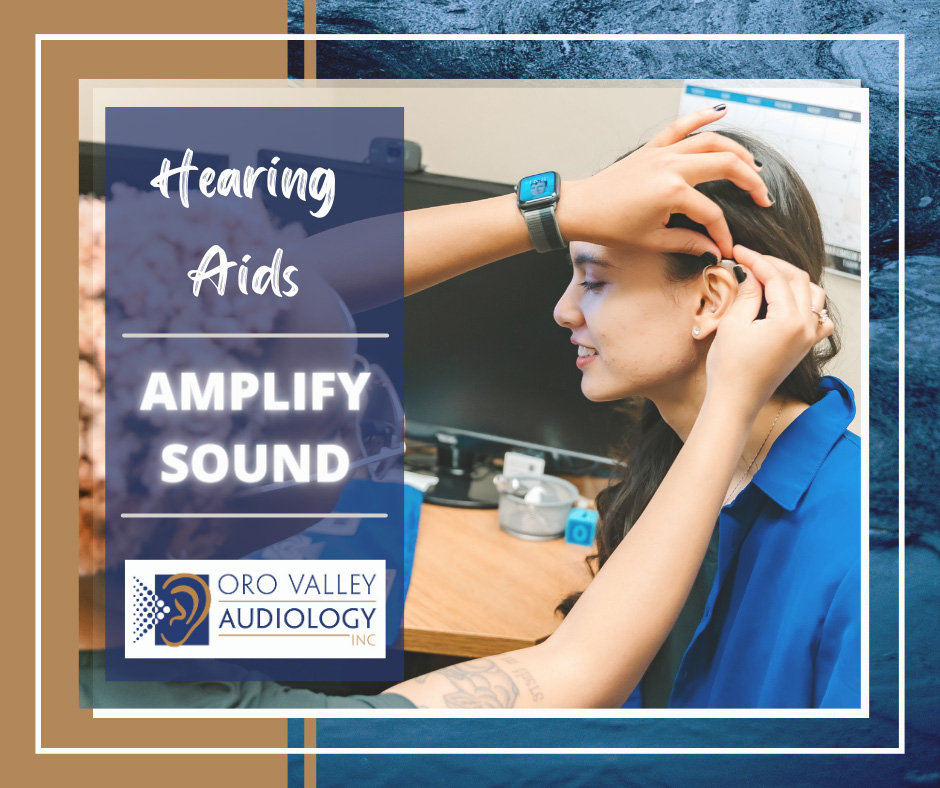A hearing aid amplifies sound by using a microphone to pick up sound waves and convert them into an electrical signal. The electrical signal is then amplified by an amplifier circuit and converted back into sound waves by a speaker or receiver. The amplified sound waves are then sent directly into the ear canal through a small tube or earpiece. This process allows the hearing aid to amplify sounds in the environment and make them louder and easier to hear for the person wearing the hearing aid.
Now that we have all of the parts pertaining to sound and the hearing aid, how does it all work together?
As explained, sound and our interpretation of it is a complex system of events. A damaged ear will not deliver the same sound as a system with no damage with or without a hearing aid.
Hearing aids use algorithms to process and amplify sound in a way that improves the user’s ability to hear and understand speech. These algorithms are designed to improve the clarity and intelligibility of sound by reducing background noise, enhancing the volume of speech, and compensating for the user’s specific hearing loss.
There are several different types of algorithms that may be used in hearing aids, including:
- Noise reduction algorithms: These algorithms are designed to reduce background noise, such as the hum of an air conditioning unit or the sound of wind blowing.
- Speech enhancement algorithms: These algorithms are designed to boost the volume of speech and make it easier to understand in noisy environments.
- Frequency shaping algorithms: These algorithms are designed to compensate for the user’s specific hearing loss by boosting the volume of certain frequencies of sound that the user has difficulty hearing.
- Directional microphone algorithms: These algorithms are designed to improve the user’s ability to hear and understand speech by focusing on sounds coming from a specific direction, such as the person speaking to the user.
Hearing aids use a combination of these algorithms to provide the best possible listening experience for the user.


